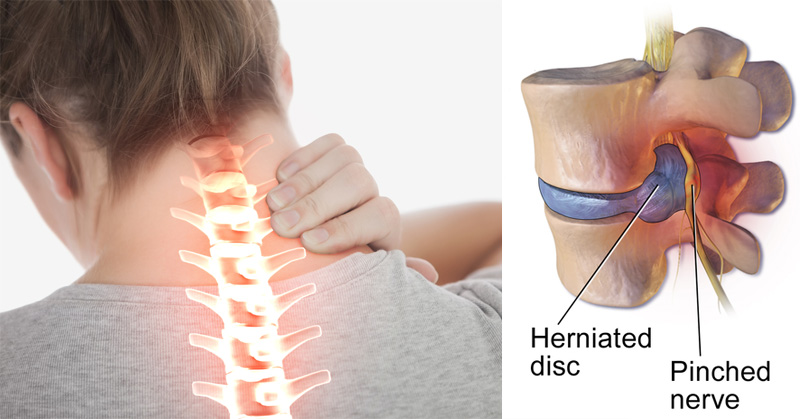Can Joint Replacement Surgery Offer a Pain-Free Life for Seniors?

The number of older folks is going up, and so is their need for medical procedures that help them live better. A standout procedure here includes surgery to replace painful joints, which greatly helps those with movement problems.
But it’s key that we know what this means, particularly for the elderly in assisted homes. So, let’s take a deeper look at how joint replacement can make life more comfortable and painless for seniors, discussing both its pros and cons.
Understanding Joint Replacement Surgery
Replacing a bad joint with an artificial one is what joint replacement surgery does. It’s usually done on the hips, knees, and shoulders. The goal is to ease pain, make moving around easier, and boost lives for folks with really bad arthritis or messed-up joints.
These operations are getting more popular among older people because of the better medical gadgets and surgical skills that are now available. Remember, the success rate depends on several things, like how healthy patients already are pre-surgery, the severity of their damaged joints, and the effort they put into recovery after the operation.
The Role of Rehabilitation and Post-Surgical Care
Recovery and rehab are key in making joint replacement a win. After surgery, things like physiotherapy, exercises, or even changes to daily routines help keep the fake joints working well.
Seniors need to stick with their recovery program if they want strength and movement back. Every person’s journey differs, so timeframes can vary, too. Remember, despite having less pain after the operation, you might not be totally free of it, either, but keeping up with after-surgery care is so important for the best results.
Potential Risks and Complications
All surgeries, including joint replacement, bring some risks. Infections or blood clots could happen, and the new joint might not work properly, too. Sometimes, even anesthesia can cause issues.
Older folks should know these risks well and talk to their doctors about them before deciding anything. If they’ve got health problems like diabetes or heart disease already, then that risk gets bigger still. Making sure you’re a good fit for surgery is really important in keeping those chances of complications as low as possible.
Long-Term Outlook and Quality of Life
Joint replacement often scores high for long-term wins. Many people feel less pain and can move around better, leading to an active life and boosting overall health.
But the artificial joint won’t last forever; it might need some touching up down the line at surgery again one day. Regular doctor visits and living right are important in keeping that new joint working great and having a nice quality of life after your operation.
Conclusion
So, to sum up, for older folks with bad joint pain, replacing the troublesome parts could be a great way forward. It might lead to an active life without all that hurt. Remember, you need some deep knowledge about what it involves, willingness for rehab, and being in touch with possible risks and long-term things you’ll have to think about.



